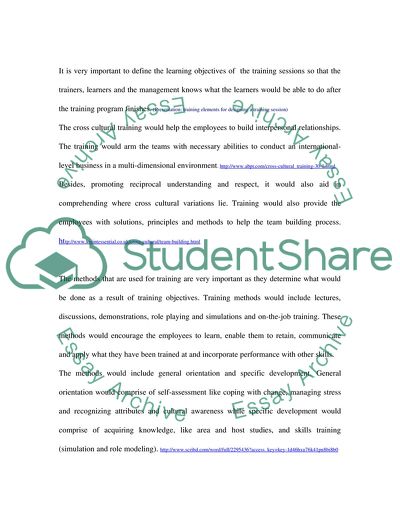Improving the Ability of Employees to Work in Unfamiliar Environments Case Study Example | Topics and Well Written Essays - 1500 words. https://studentshare.org/education/1714506-mgm604-0802b-01-organizational-behavior-phase-1-individual-project-2
Improving the Ability of Employees to Work in Unfamiliar Environments Case Study Example | Topics and Well Written Essays - 1500 Words. https://studentshare.org/education/1714506-mgm604-0802b-01-organizational-behavior-phase-1-individual-project-2.


